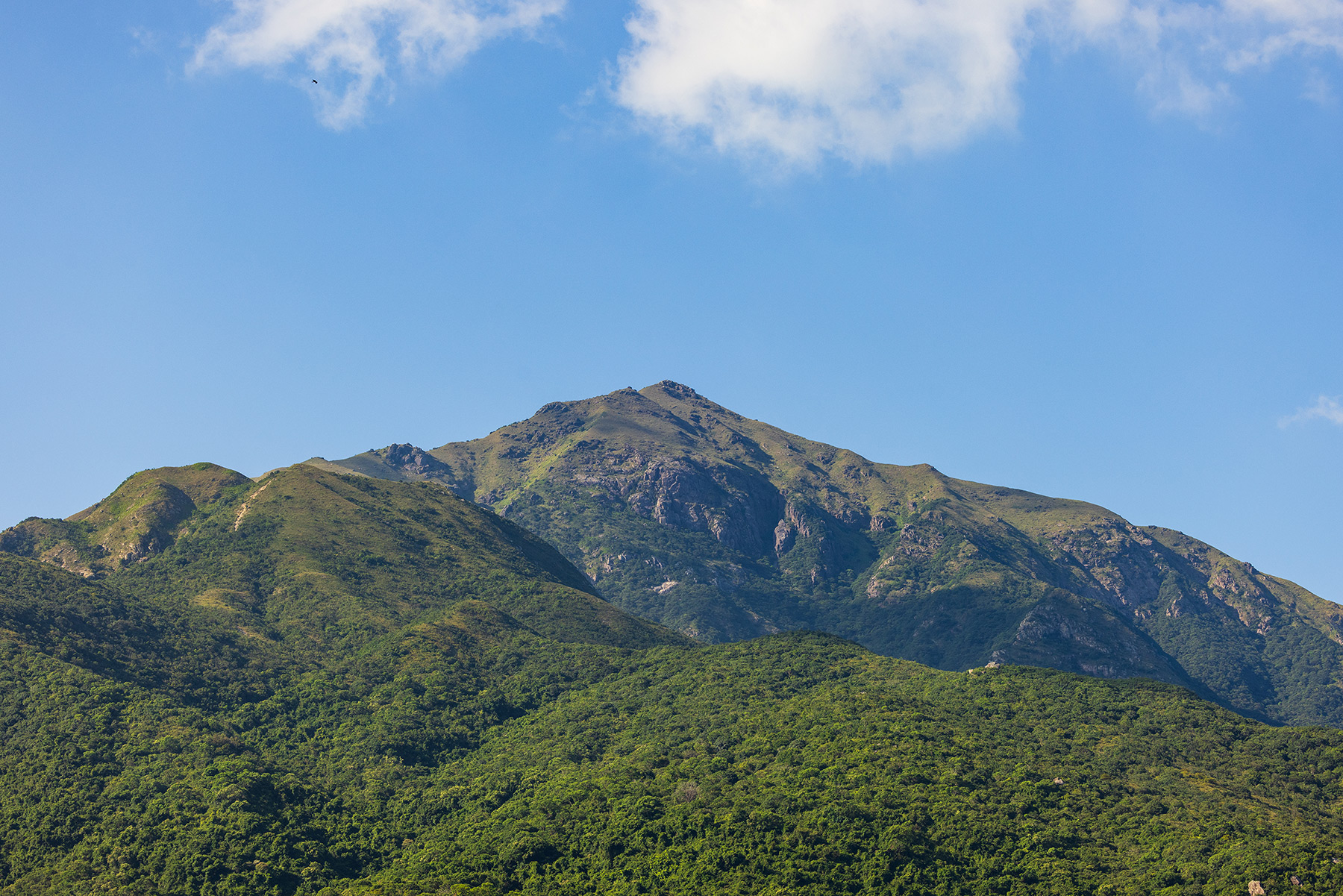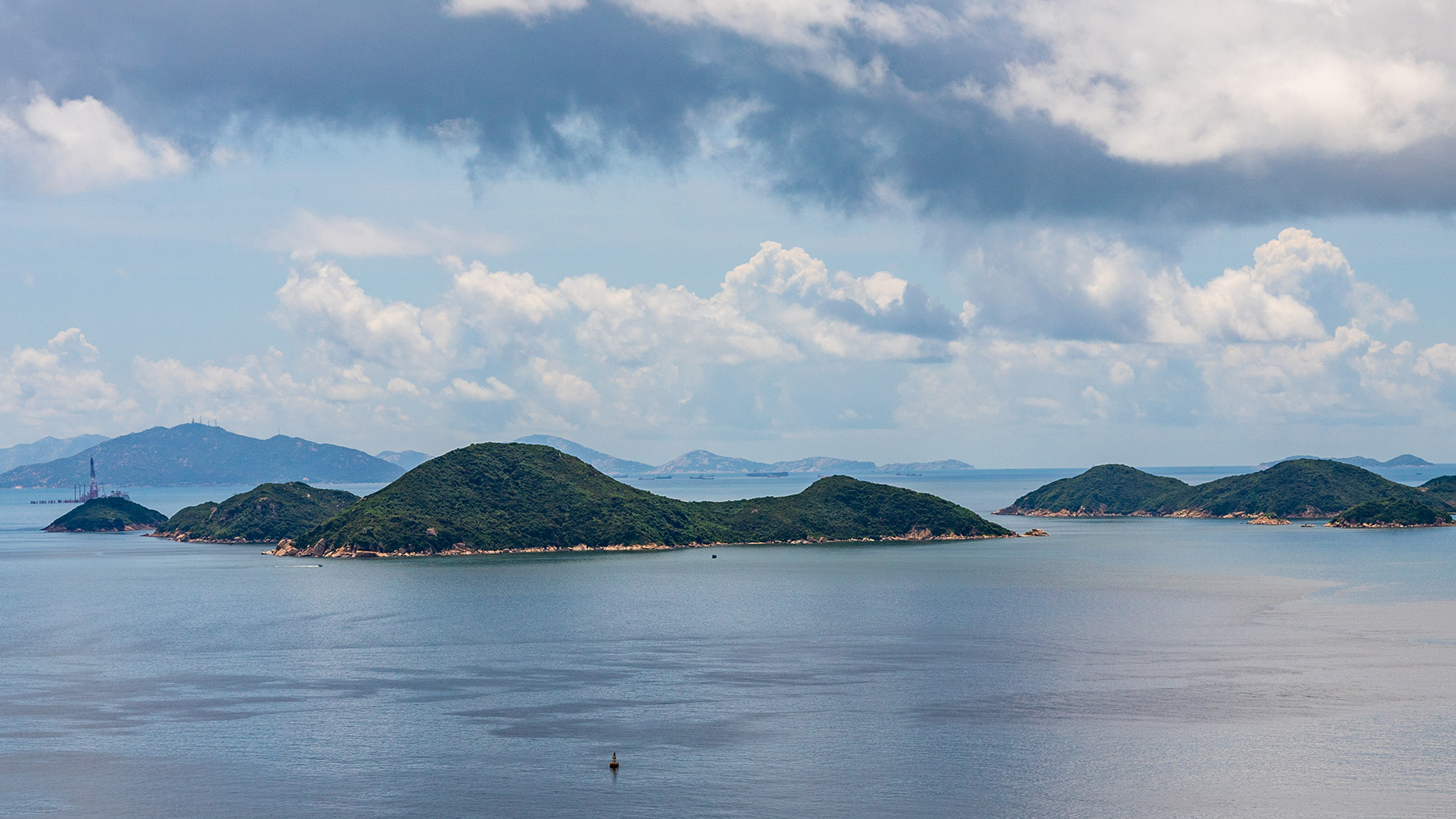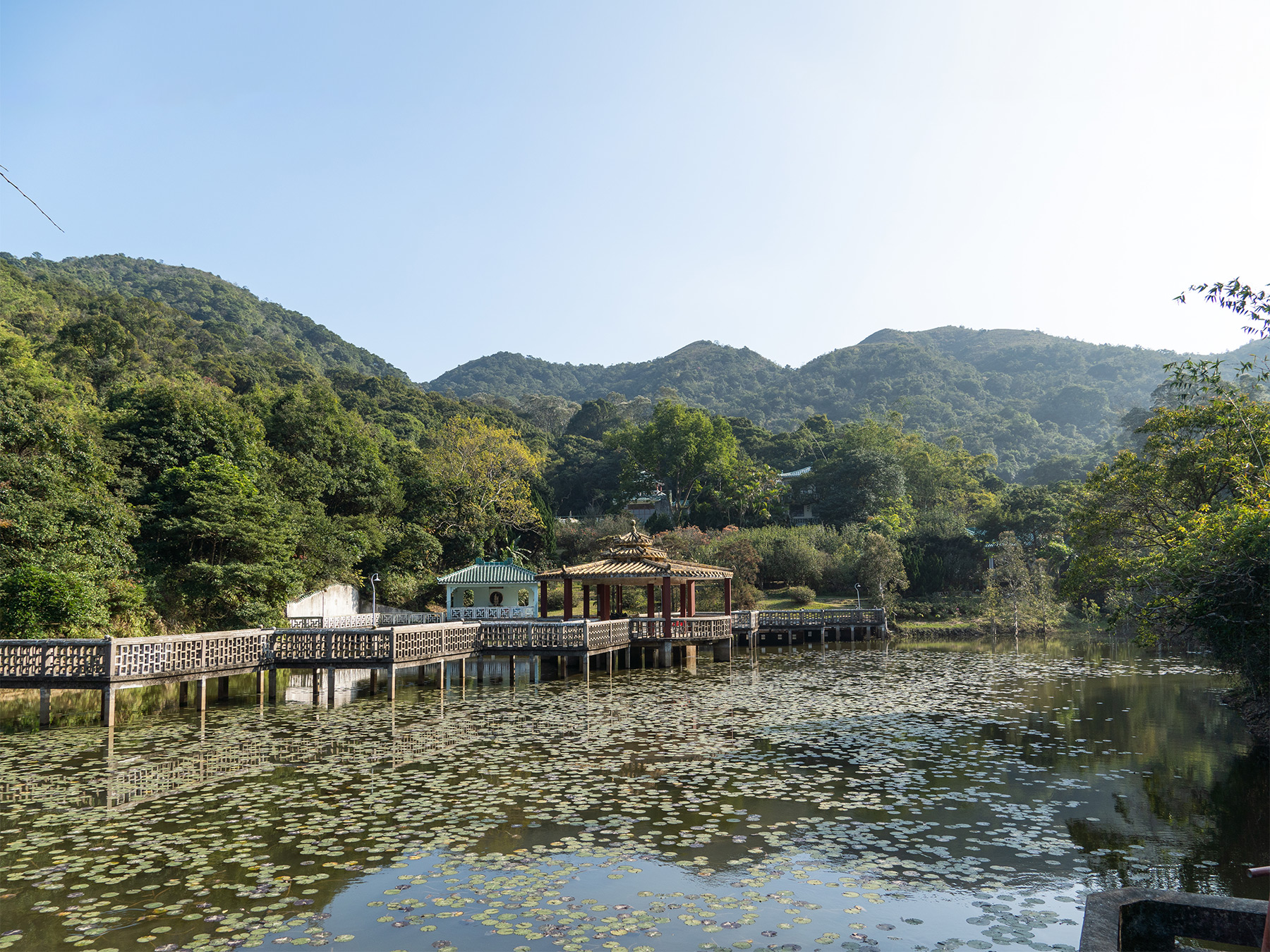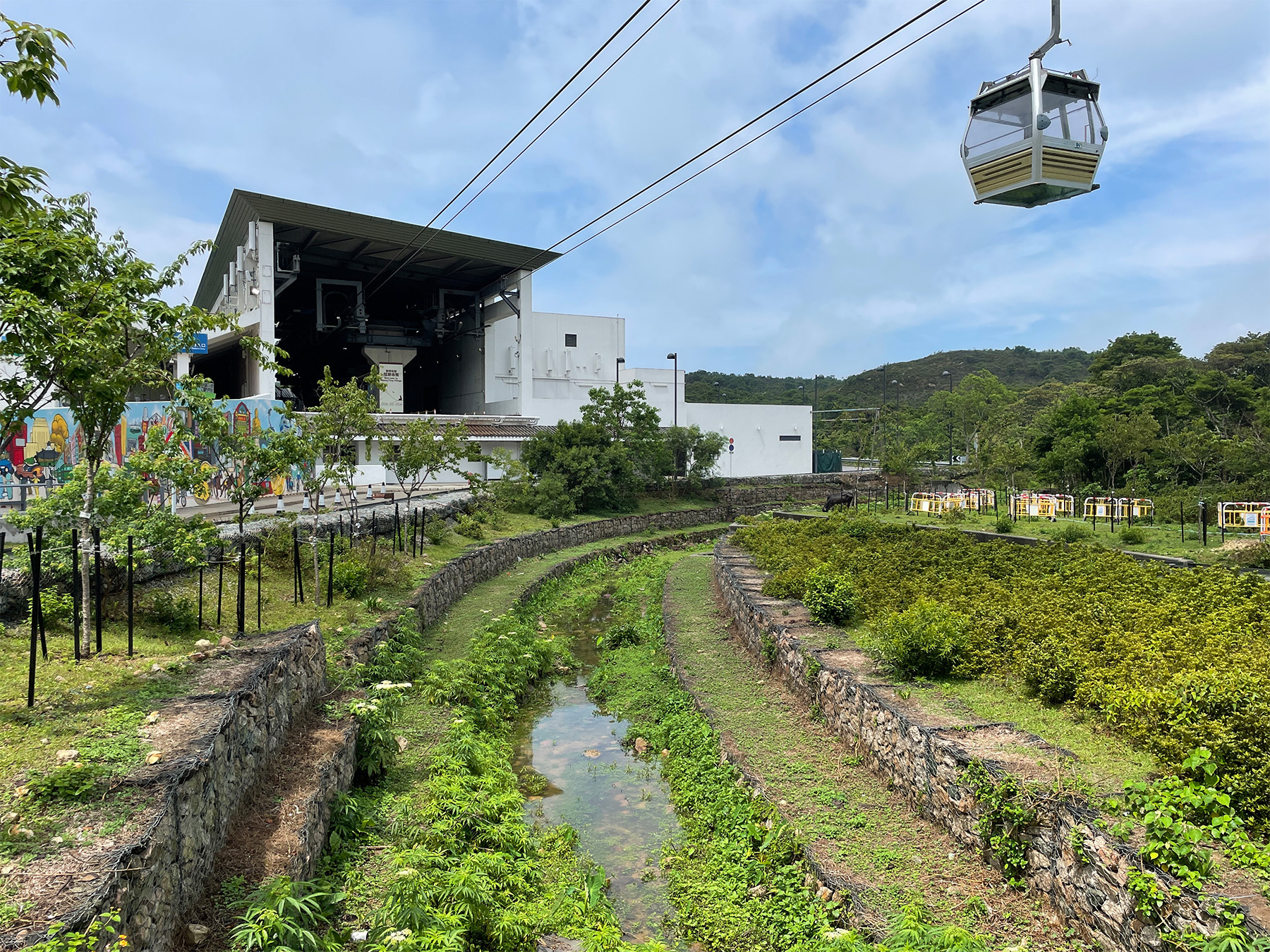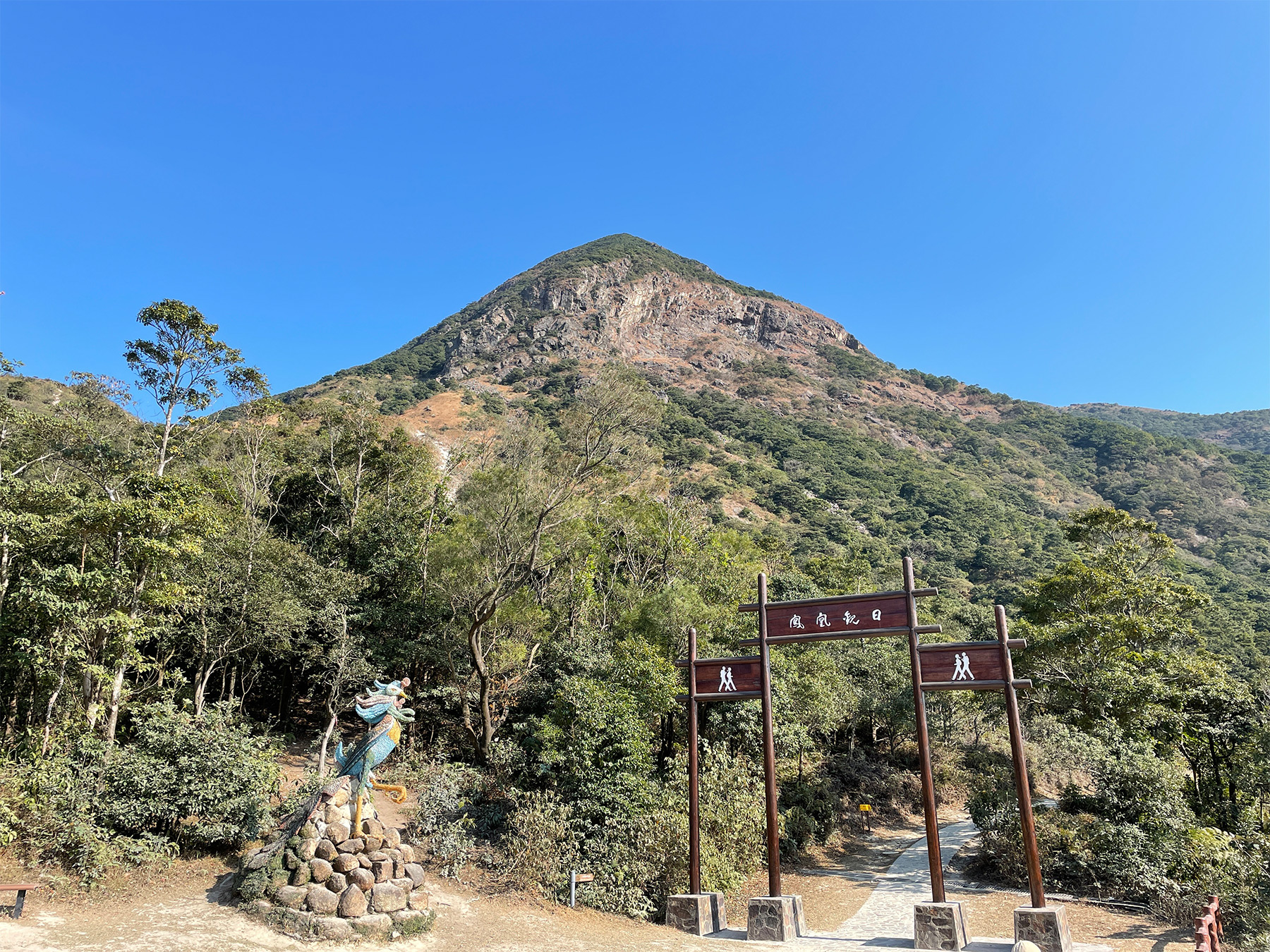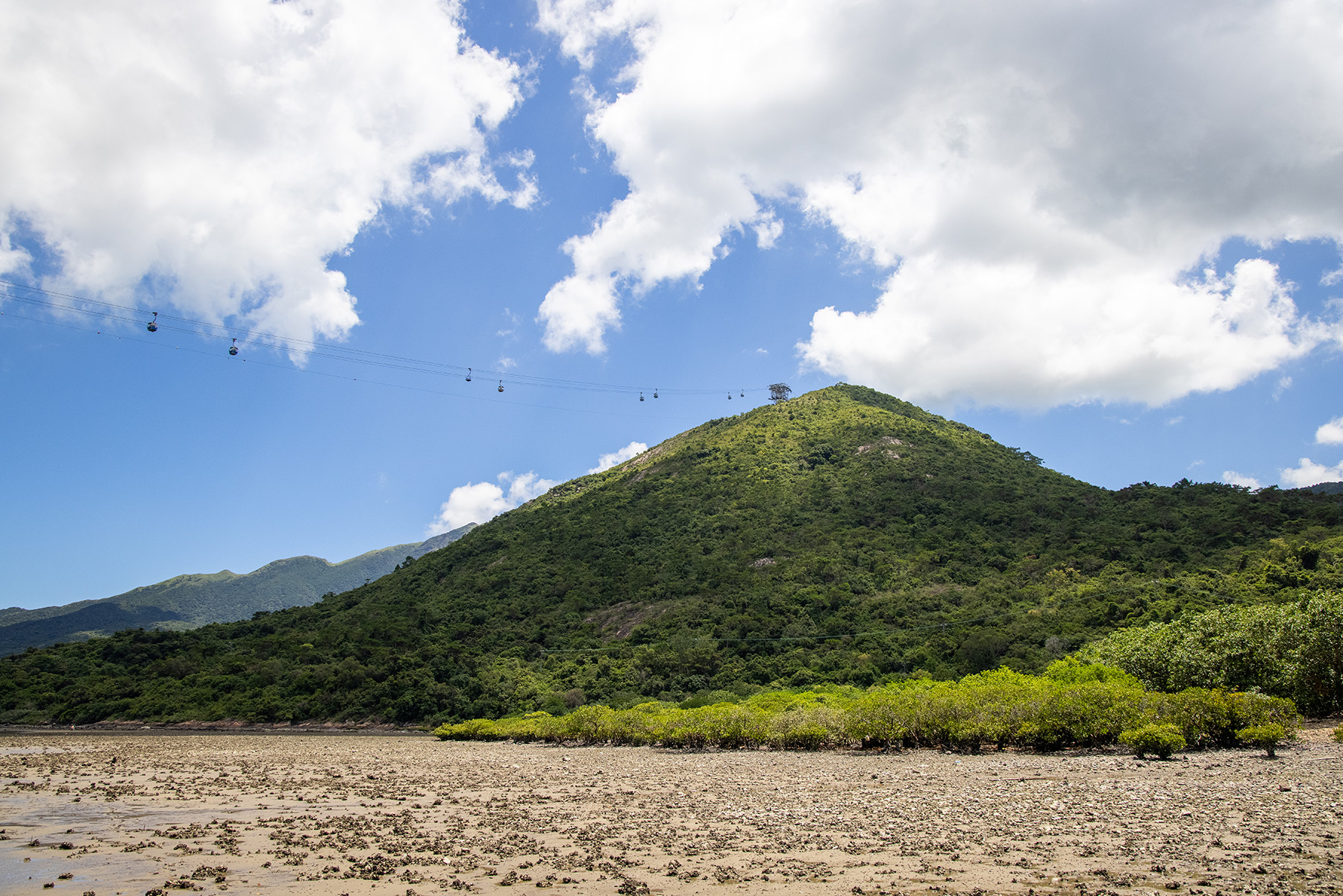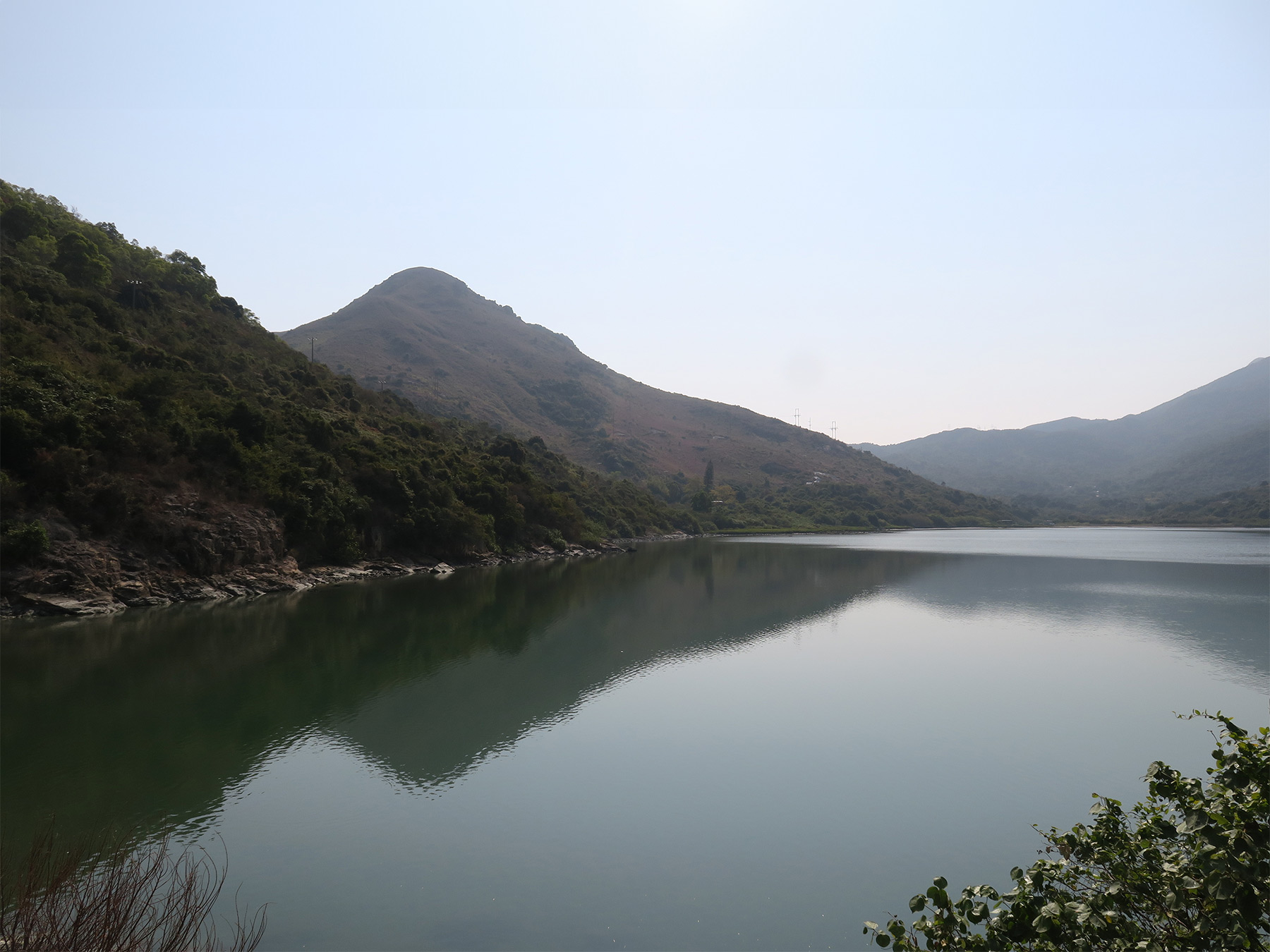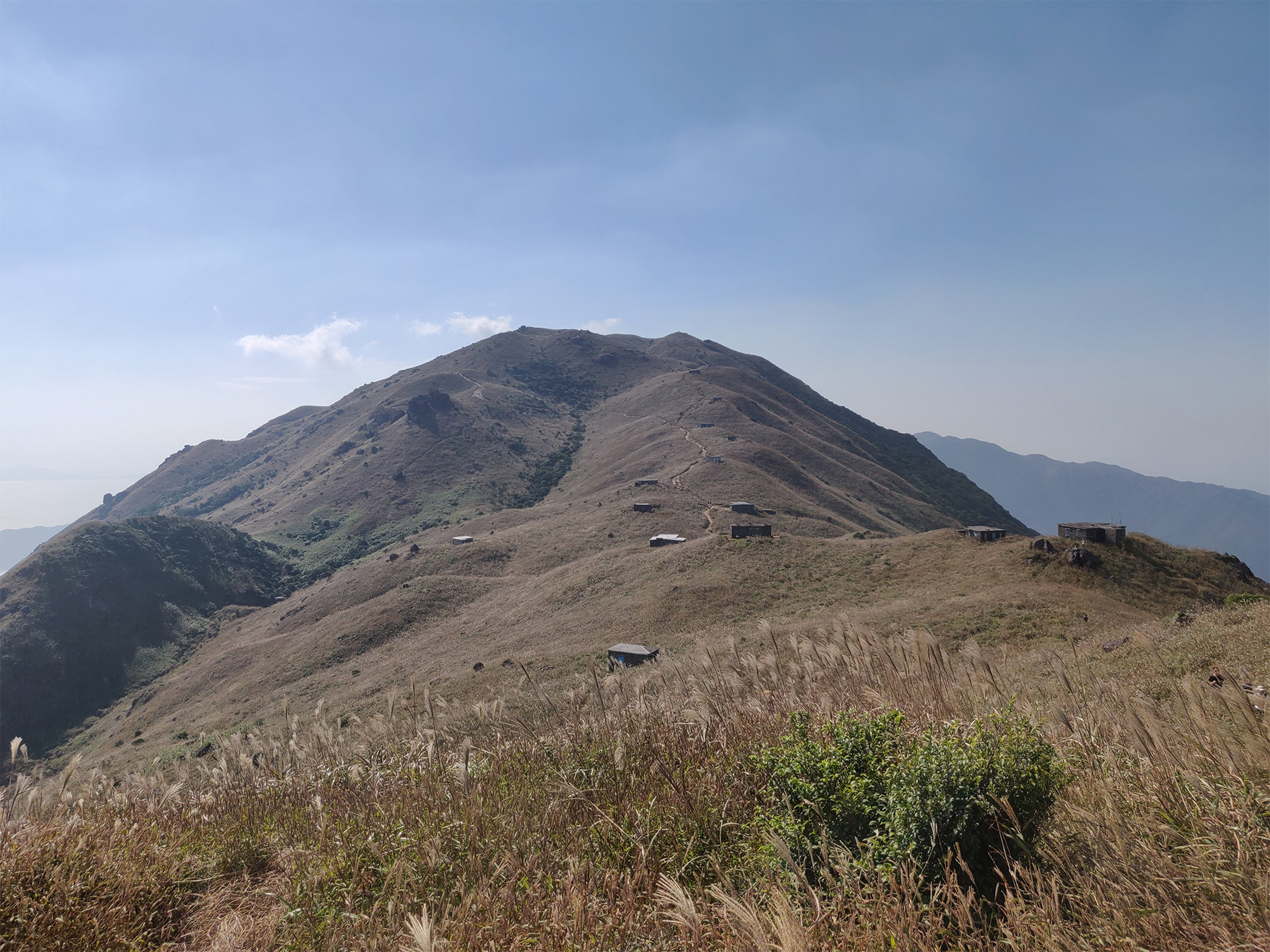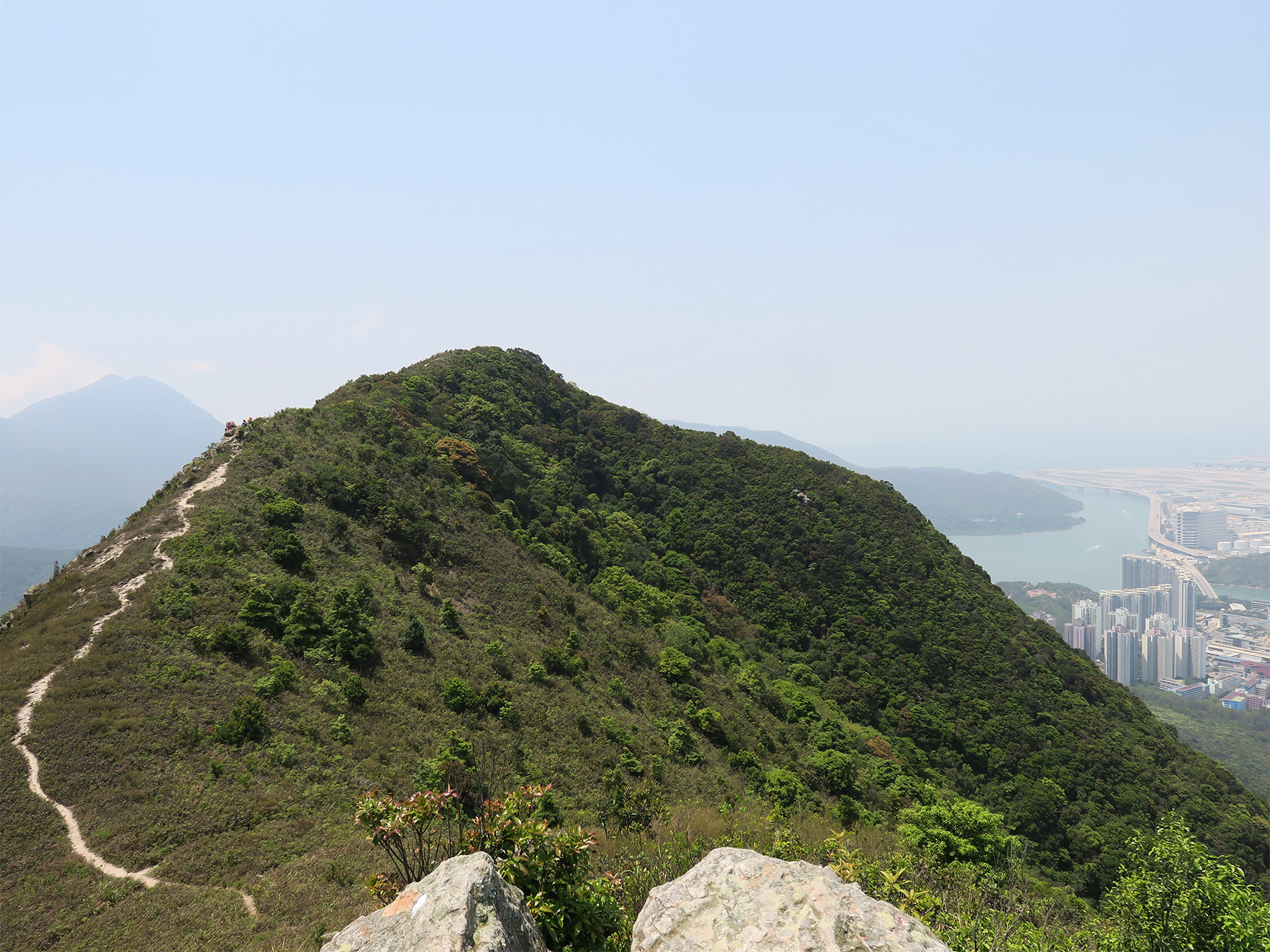Protected Areas
Country Parks and Special Areas
Hong Kong has established a well-organised and efficient protected area system to protect our natural resources since the 1970s. At present, about 40% of Hong Kong"s land area is designated as country parks and special areas under the Country Parks Ordinance (Cap. 208) for conservation, countryside recreation and outdoor education purposes.
About 70% of the land in Lantau is designated as country parks, including the Lantau North Country Park, Lantau North (Extension) Country Park and Lantau South Country Park. The two famous peaks encompassed by the Lantau South Country Park, the Lantau Peak and Sunset Peak, are popular destinations for hikers. The undulating uplands and peak areas in the country parks, on the one hand, offer picturesque panoramic views towards different directions of the island, including the splendid coastline in the south and the Chek Lap Kok International Airport in the north, while preserving various important habitats such as natural streams and montane forests on the other hand.
In addition to country parks, there are eight Sites of Special Scientific Interest and two Special Areas in Lantau which were designated for conservation of important ecological resources of the island.
Marine Parks
There are five existing marine parks in the surrounding waters of Lantau, namely the Sha Chau and Lung Kwu Chau Marine Park, The Brothers Marine Park, Southwest Lantau Marine Park, South Lantau Marine Park and North Lantau Marine Park. The five Marine Parks were designated under the Marine Parks Ordinance (Cap. 476), putting a total of no less than 7,200 ha waters around Lantau under statutory protection. The marine parks situated around Lantau, especially those at the northern Lantau waters, form a large marine protection network for enhanced conservation of the Chinese White Dolphins and Finless Porpoises, their habitats and the marine and fisheries resources therein.
Sites of Special Scientific Interest
In addition to country parks, there are eight Sites of Special Scientific Interest and two Special Areas in Lantau which were designated for conservation of important ecological resources of the island.
Sites of Special Scientific Interest
Man Cheung Po
Sites of Special Scientific Interest
San Chau
Sites of Special Scientific Interest
Ngong Ping
Ngong Ping SSSI covers part of the Ngong Ping Stream and the nearby forest areas and plantations. It is home to a large population of Romer's Tree Frog (Liuixalus romeri). This population is distinctive in the sense that it is located at a relatively higher altitude, compared with other populations on Lantau.
Sites of Special Scientific Interest
Lantau Peak
Sites of Special Scientific Interest
San Tau Beach
San Tau Beach SSSI covers part of the soft shore in San Tau of the Tung Chung Wan. The mangrove stand therein harbours the uncommon Many-petaled Mangrove (Bruguiera gymnorhiza). A seagrass bed, consisting of Dwarf Eel Grass (Zostera japonica) and Oval Halophila (Halophila ovalis), grows on the mudflat and supports an assemblage of marine animals including two species of horseshoe crabs.
Sites of Special Scientific Interest
Tai Ho Stream
Tai Ho Stream SSSI covers the natural Tai Ho Stream with several tributaries running from upland to the estuary, and the foreshore area of Tai Ho Wan. Tai Ho Stream is one of the few remaining medium-sized streams in Hong Kong with intact connectivity from upland to lowland. It supports a high diversity of freshwater fish with 68 records to date. It is the only locality in Hong Kong from where Ayu (Plecoglossus altivelis) is recorded. Other rare fish species include Largesnout Goby (Awaous melanocephalus) and Rice-paddy Eel (Pisodonophis boro). The shore supports a rare sea grass, Beccari's Halophila (Halophila beccarii), and a mangrove stand containing the uncommon Many-petaled Mangrove (Bruguiera gymnorhiza).
Sites of Special Scientific Interest
Sunset Peak
Sunset Peak SSSI covers the montane natural woodland extending from the north face of Sunset Peak and Yi Tung Shan to Wong Lung Hang and Lin Fa Shan. The plant diversity is rich, with some rare species including Amentotaxus (Amentotaxus argotaenia), Exbucklandia tonkinensis and Ford's Manglietia (Manglietia fordiana), and a well representation of ferns (including tree-ferns) and mosses.
Sites of Special Scientific Interest
Pok To Yan & Por Kai Shan
Pok To Yan & Por Kai Shan SSSI covers two areas of montane forest and shrubland on the north face of Pok To Yan and east face of Por Kai Shan. The plant diversity therein is rich with over 200 native species recorded. A number of rare or protected species are found, such as Hong Kong Asarum (Asarum hongkongense), Hong Kong Azalea (Rhododendron hongkongense), Pitcher Plant (Nepenthes mirabilis), Tutcher's Maple (Acer tutcheri) and several orchids.
